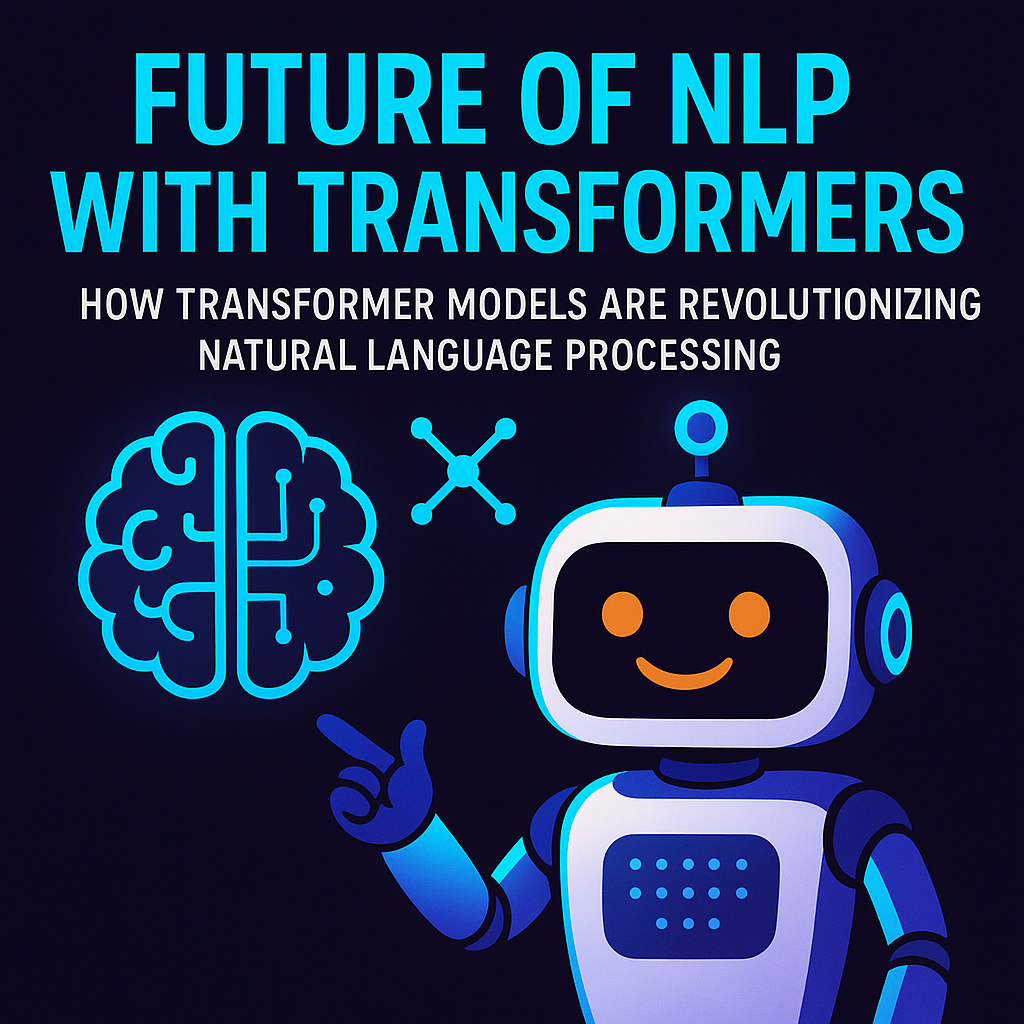Introduction
Sentiment analysis, also known as opinion mining, is a technique used to determine the emotional tone behind words. In marketing, it helps businesses understand customer opinions, enabling them to tailor strategies that resonate with their audience.
Understanding Sentiment Analysis
Sentiment analysis involves using natural language processing (NLP) and computational linguistics to identify and extract subjective information from source materials. This process categorizes opinions expressed in text into positive, negative, or neutral sentiments.
Applications in Marketing
- Brand Monitoring: Track public perception of your brand across various platforms.
- Customer Feedback Analysis: Analyze reviews and feedback to improve products and services.
- Market Research: Understand market trends and consumer preferences.
- Competitor Analysis: Gauge public sentiment towards competitors to identify opportunities.
Mathematical Insight: Sentiment Scoring
One common method for calculating sentiment scores is using a weighted average of word sentiments:
\[ \text{Sentiment Score} = \frac{\sum_{i=1}^{n} w_i \cdot s_i}{\sum_{i=1}^{n} w_i} \]
Where:
- \( w_i \): Weight of the \( i^{th} \) word (e.g., frequency or importance).
- \( s_i \): Sentiment value of the \( i^{th} \) word (e.g., -1 for negative, +1 for positive).
- \( n \): Total number of words analyzed.
This formula helps quantify the overall sentiment of a text by considering both the sentiment and importance of each word.
Tools for Sentiment Analysis
- Lexalytics: Provides text analytics solutions for sentiment analysis.
- MonkeyLearn: Offers machine learning tools to analyze text data.
- IBM Watson Natural Language Understanding: Delivers advanced text analytics capabilities.
- Google Cloud Natural Language API: Enables sentiment analysis through cloud-based NLP.
Challenges and Considerations
- Contextual Nuances: Sarcasm and irony can mislead sentiment analysis algorithms.
- Language Variations: Slang and regional expressions may affect accuracy.
- Data Quality: Incomplete or biased data can skew results.
- Multilingual Support: Analyzing sentiments in multiple languages adds complexity.
Further Reading
Conclusion
Integrating sentiment analysis into marketing strategies allows businesses to better understand and respond to customer emotions and feedback. By leveraging this tool, marketers can enhance customer satisfaction, improve products and services, and stay ahead in a competitive market.








